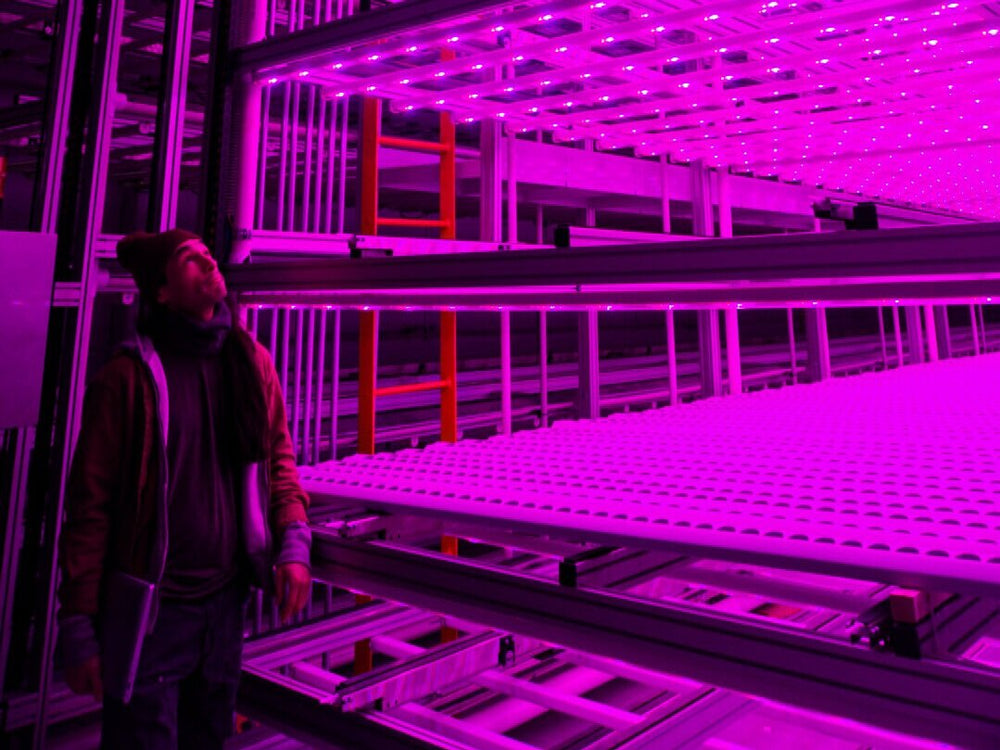
Kai Misner came to Planted Detroit with a background in soil science. Now, he heads our hydroponic department to manage a growing system that doesn’t use soil (ironic, we know). Read on to find out why hydroponics works for us, in Kai’s own words.

At Planted Detroit, hydroponic growing technologies afford year long growing capabilities, reduce water use, and require less land even though we’re growing more produce.
In hydroponics, water is the primary way to supply nutrients (think plant food) to the plants, which grow in non-soil substrates like peat, foam, rockwool, coco coir, and more. Hydroponic systems allow us to successfully grow plants without depleting agricultural soils while simultaneously reducing our water footprint compared to conventional farming. Not only do we recycle the same water for seven days, there is no wasted water when it is cycling through the system, unlike traditional farming methods which produce water waste when it’s sprayed on top of the plants and evaporates before making it into the ground and to the plants’ roots.
A common method of hydroponic growing that we use is NFT (Nutrient Film Technique). This method of growing plants constantly supplies a shallow stream of nutrient solution to the roots. This allows us to minimize water use but still irrigate crops effectively, ensuring they receive all the water and nutrients they need without using soil.
NFT and other hydroponic methods like deep water culture, aeroponics and drip irrigation all have their own advantages and disadvantages. We chose NFT growing systems because the shallow water and low flow allows us to vertically stack plants much easier than a system like deep water culture (DWC). A DWC system requires a lot of standing water, presenting challenges with weight as we expand vertically. To grow healthy plants, growers will want to pick the right methods to help their crops succeed, for us that’s NFT.
To chat about how chopsticks are the best salad-eating utensils or to discuss your favorite dish at Ima, Kai can be reached at kai@planteddetroit.com.
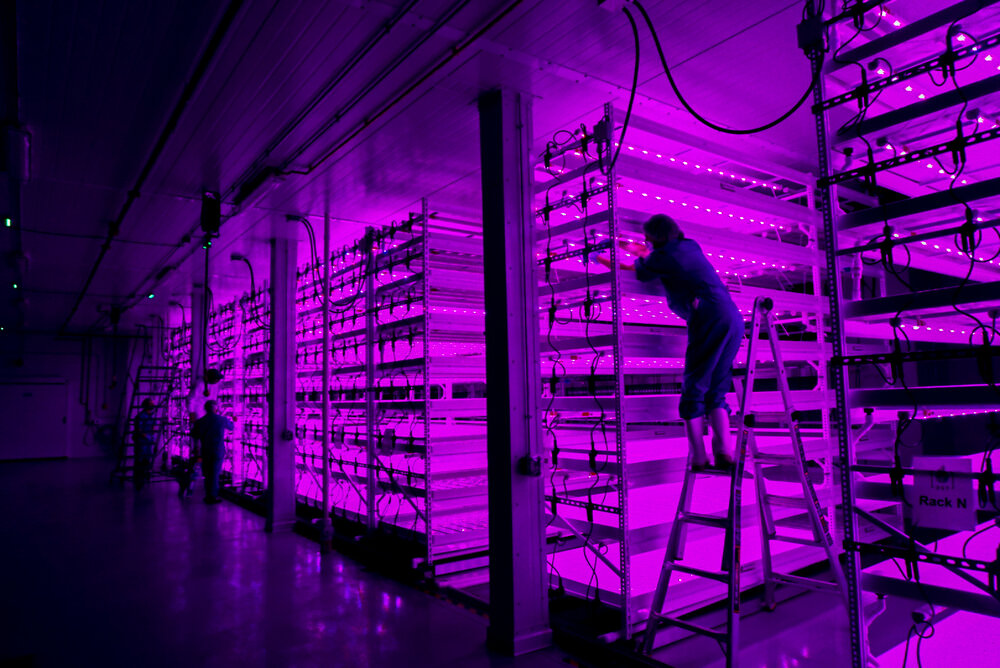
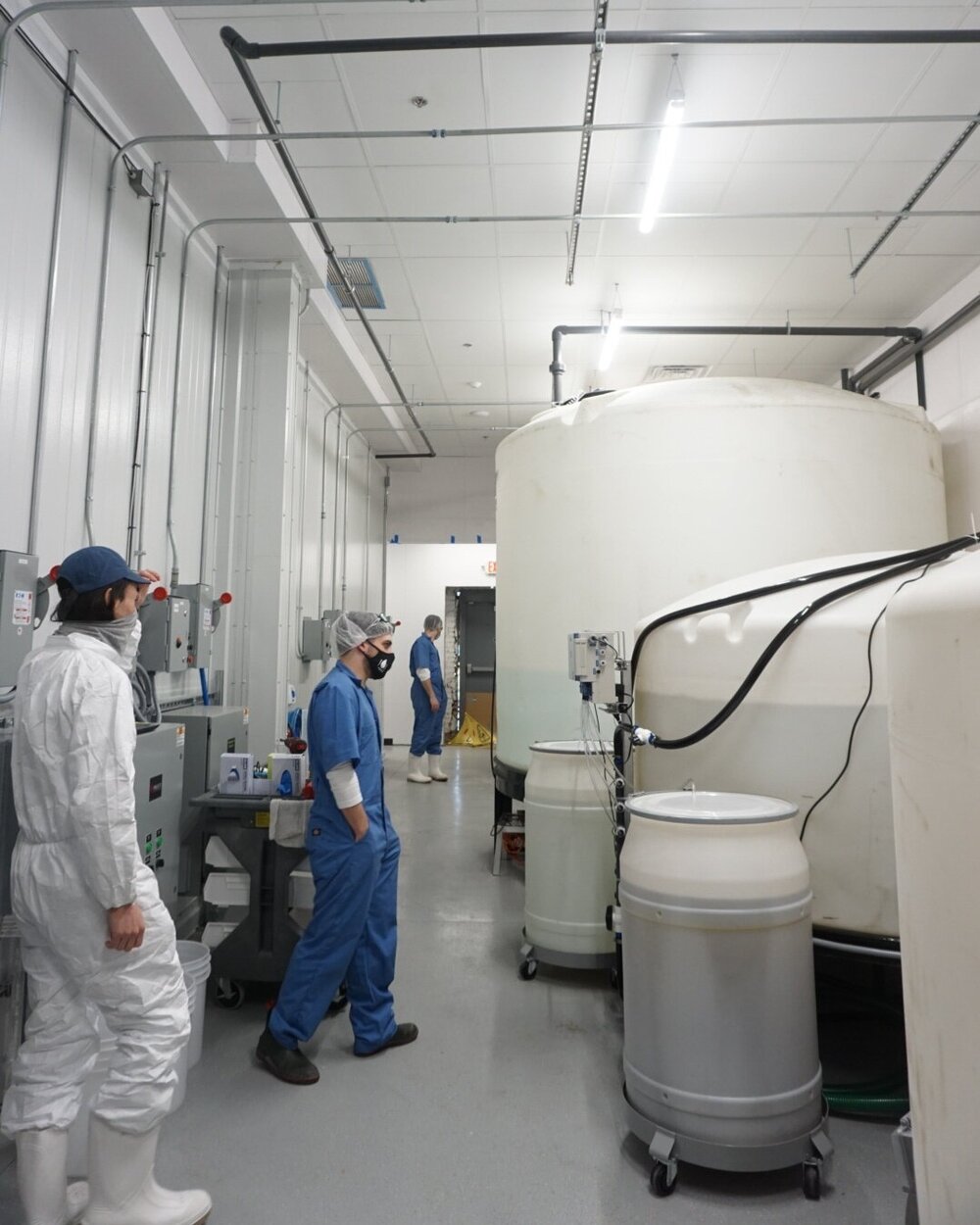
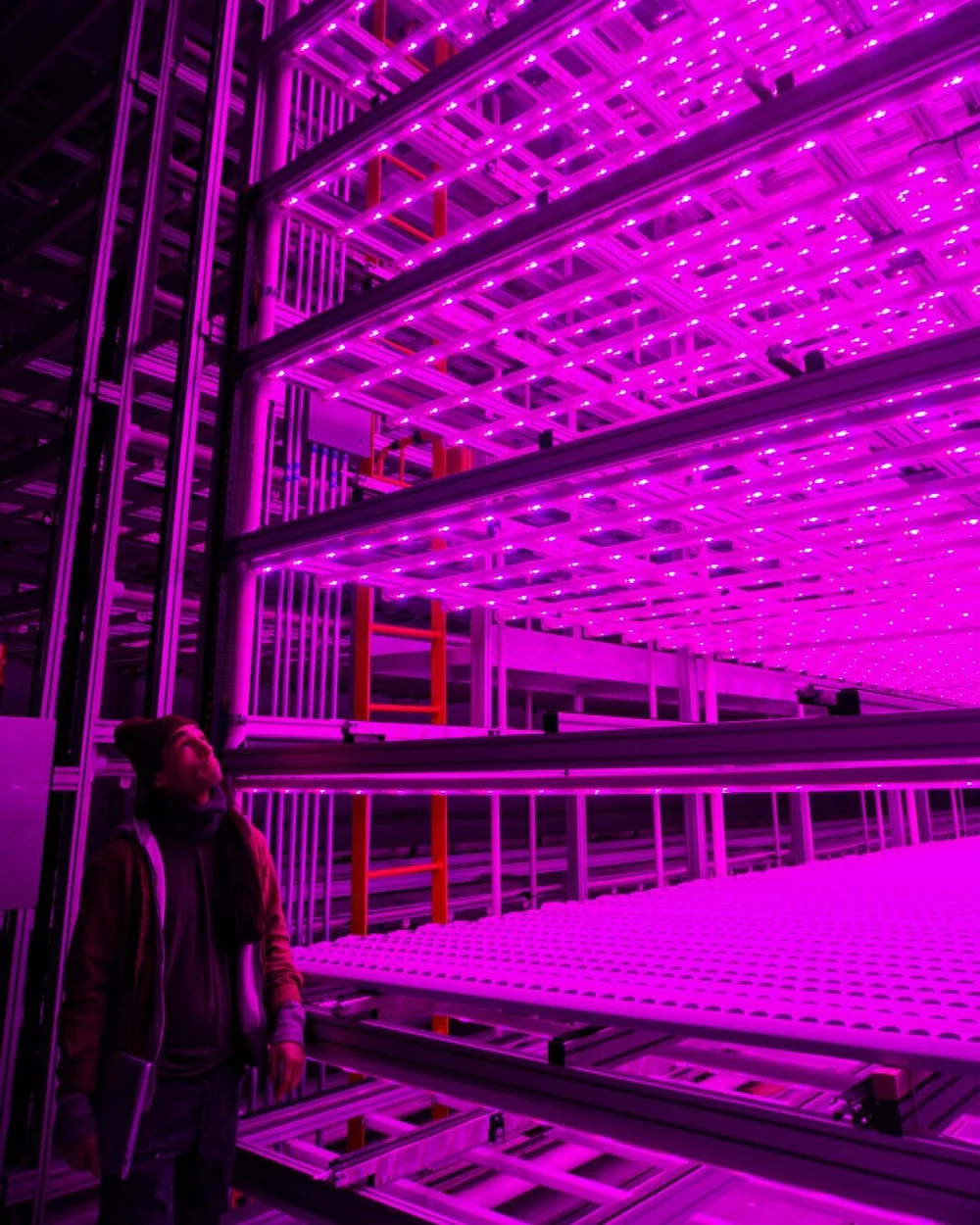
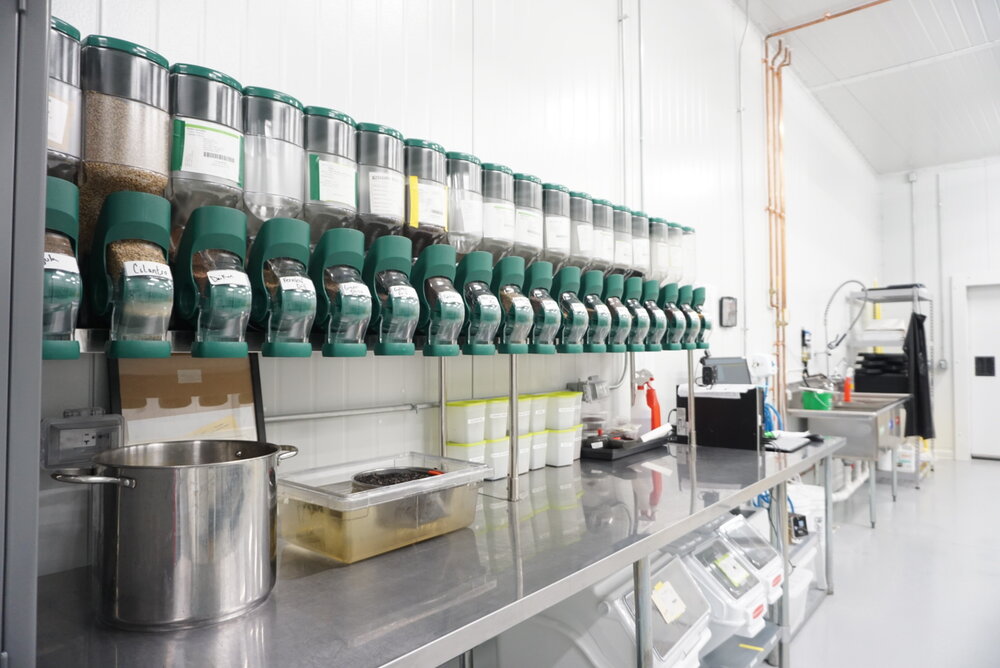
Read the original article
